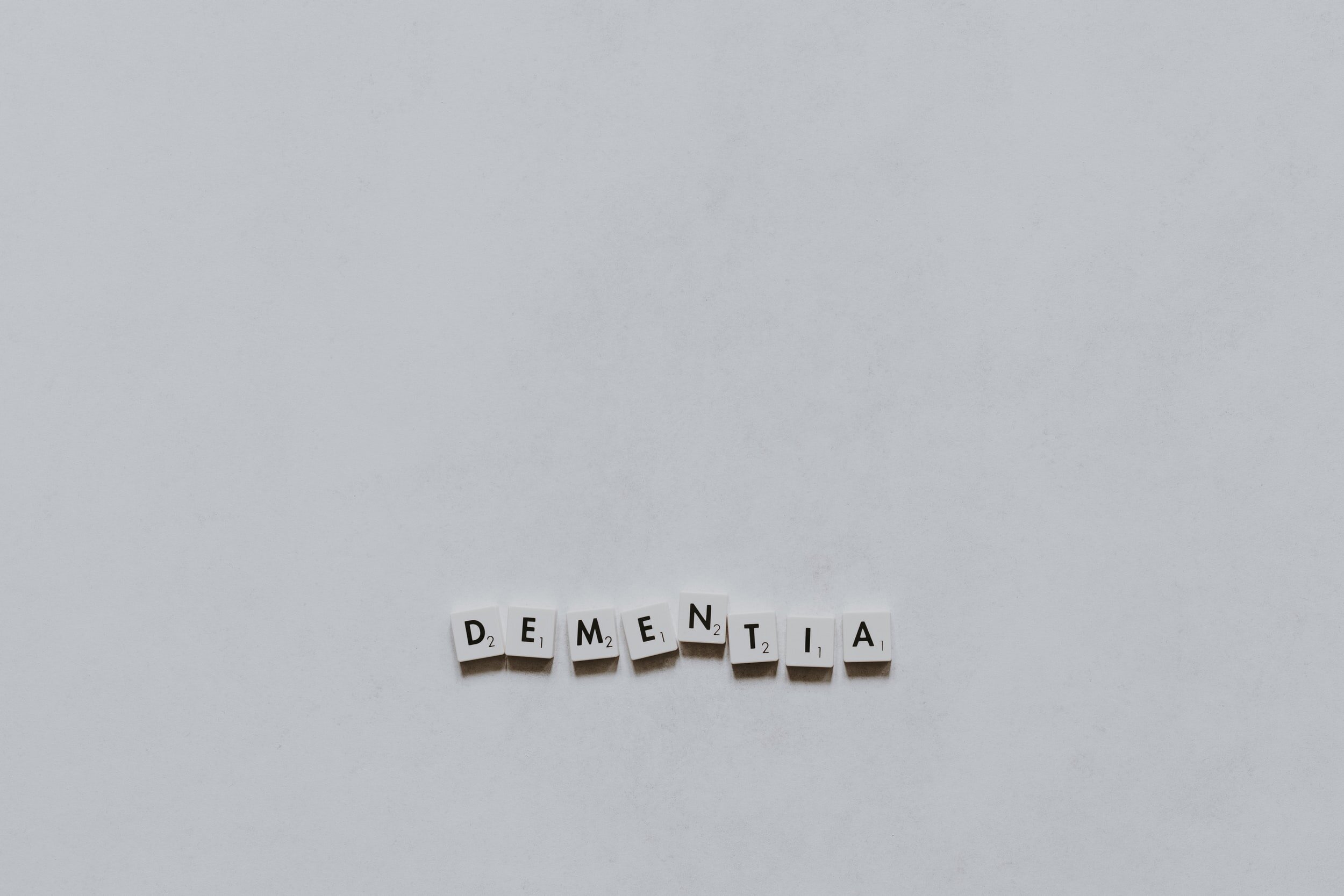Understanding Vascular Dementia and Stroke
Vascular dementia is called vascular dementia because it occurs after a cardiovascular event called a stroke. It is not the most common kind of dementia, but it is still a serious disease that often requires an assisted living facility or home care. In one study, between 9.6 percent and 14.4 percent of people with one stroke suffered from vascular dementia.
After a recurrent stroke, approximately 29.6 percent to 53.1 percent of people suffered from dementia. This kind of dementia is not any different from other kinds of dementia, other than how it is caused. Learn more about this kind of dementia here.
What Causes Vascular Dementia
Vascular dementia occurs most commonly after the age of 65, with the risk increasing significantly by the age of 90. This disease is caused by a vascular event where blood does not reach the brain in a timely manner. It is an irreversible problem caused by stroke. When a blood vessel has a blockage, blood can not reach the brain. That blockage is often caused by a disease or internal bleeding.
The blood provides important nutrients and oxygen to the brain. When the brain can't get those things, there may be some brain cells that expire. This will cause vascular conditions such as stroke, which will lead to dementia.
Types of Vascular Dementia
There are two kinds of vascular dementia. They are called cerebral amyloid angiopathy and subcortical dementia. Subcortical dementia is marked by a small vessel problem. In this condition, the small vessels are damaged by stroke and are twisted. This is the problem that will result in less blood flow to the brain.
Cerebral amyloid angiopathy is a kind of dementia that is caused by a protein problem. The protein is called amyloid. When that protein blocks vessels in the brain, this results in a plaque buildup which slows down brain activity. This can lead to dementia, and is also seen in patients with Alzheimer's disease.
Symptoms of Vascular Dementia
The symptoms of vascular dementia are very similar to the symptoms of other kinds of dementia. The patient has a difficulty in making decisions, with planning and organizing being among the most difficult decisions to make. They may also have large motor movement impairment. Their walk or gait may be impacted, and they have a poor balance.
It is impossible to diagnose vascular dementia on its face. A doctor will perform a variety of tests to determine if brain function is different than what it would normally look like after a stroke. However, if you or a loved one have suffered a stroke, and are experiencing vascular dementia symptoms, it could be very possible that there is vascular dementia.
How to Treat Vascular Dementia
There is no one treatment for vascular dementia. It is treated very much the same as other types of dementia. There are slightly more symptoms of vascular dementia than there are in many other kinds of dementia. An assisted living facility may be the best solution for someone with this disease.
Because there may be mobility issues, exercise is not advised unless a doctor has given the okay. Sitting activities such as entertainment, games, and puzzles can help a vascular dementia client.
Get Information on Vascular Dementia Today
Vascular dementia is a disease that impacts those that have had a stroke. It is irreversible, and a tragedy, every time. Contact someone for support if you or a loved one is suffering from vascular dementia.
